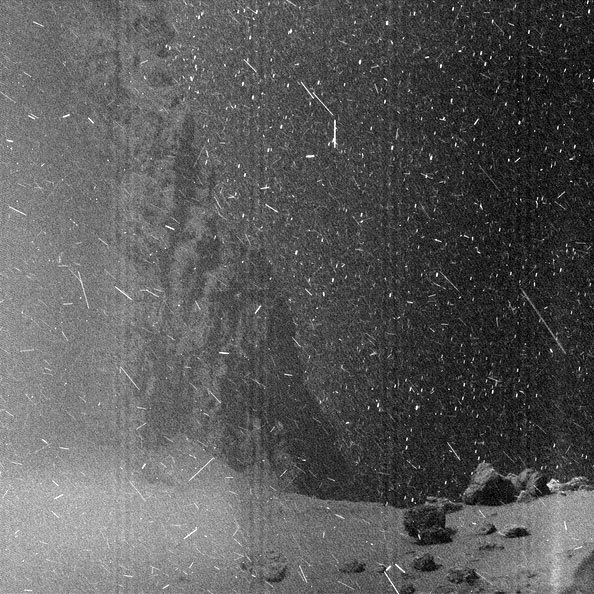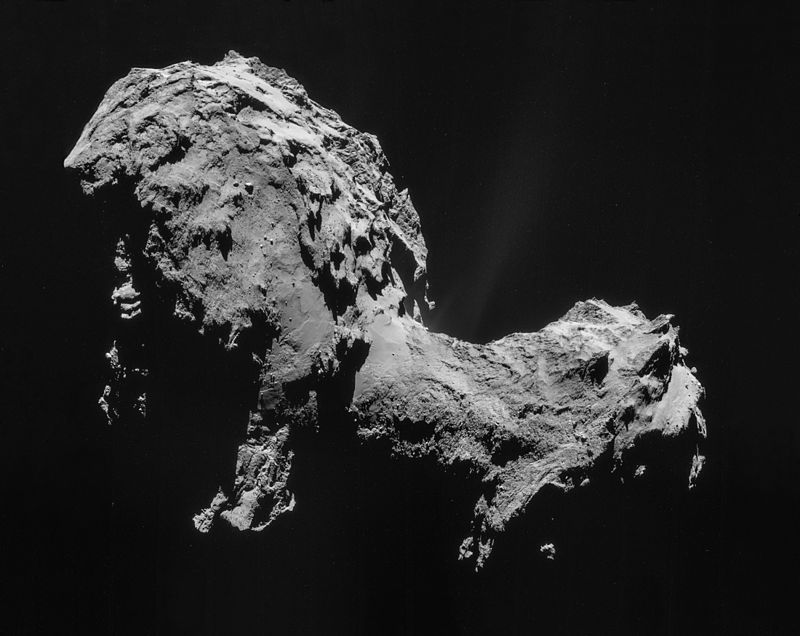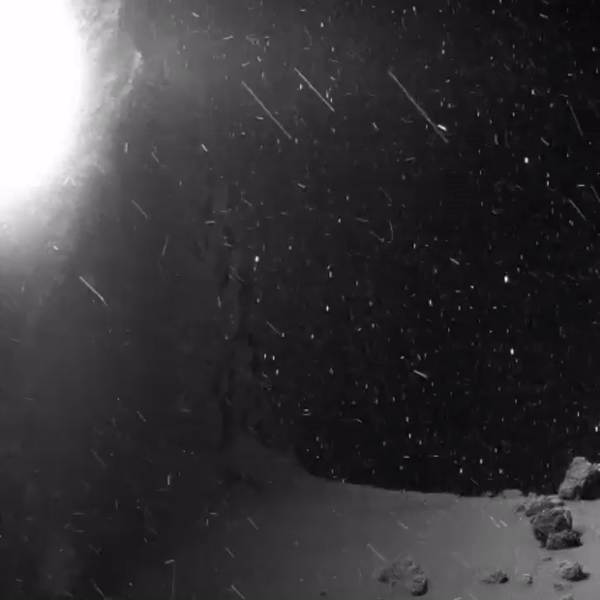Reaching for the stars is the dream of many and the province of very few but that doesn’t mean we can’t all wonder when we look up at the night sky.
And these images from the European Space Agency showing the first captures from the surface of a passing comet might just give you a better appreciation of that next shooting star you wish upon in the night sky.
The Rosetta spacecraft, launched by the ESA in 2004, landed on comet 67P/Churyumov–Gerasimenko back in 2014 and took some of the first pictures of a comet’s surface in what was hailed as a scientific triumph for the agency.

Now an industrious Twitter user has taken some of those photos a step further: By lacing the 12.5-second-exposure photos taken on June 1st, 2016 together, Twitter user @landru79 created a short video of the comet’s surface.
There was initially some difficulty in powering the Philae lander that took the pictures due to its landing in a dark crevice on the comet. These images were nonetheless captured and transmitted, a boon for space exploration and science in general.
“[I]t’s only a pre-work stacking and balancing B/N frames…Next step colour GIF using only filters 22 -orange-, 23 -green-, and 24 -blue-. ~6 RGB possible. Will see… much parallax to manage” wrote according to PetaPixel.
According to the website, the fast-moving streaks in the foreground are dust particles while the slow-moving dots in the background are distant stars.

Towards the end of its mission in 2016, Rosetta was piloted towards the surface of the comet in a final dive that would destroy it but also provide scientists with close-up images of the comet’s surface.
There was debate over whether they should put the craft in stasis and wake it up once it was back within range of recharging its batteries via the sun’s rays but the ESA scientists in charge of the project couldn’t guarantee that the unit would have enough power to maintain its heaters – otherwise it would freeze in the cold of space.





